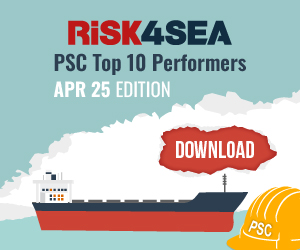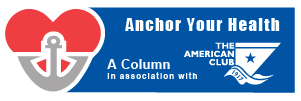Ports of Stockholm, in collaboration with other ports and stakeholders, has been given the green light to apply for EU funding for three sustainability initiatives, with a focus on the development of the electricity infrastructure.
Government approval has been given for all three applications from Ports of Stockholm, in collaboration with other ports, to be submitted to the EU Connecting Europe Facility (CEF) to apply for grant funding. The goals include augmenting the electricity infrastructure by increasing onshore power connections at Ports of Stockholm and other ports. This is intended to ensure transition to more sustainable shipping with minimal quayside air particle emissions.
This positive decision from the Swedish Government shows the increased electrification of the transport sector, with a focus on shipping, is a prioritised area. This expansion will result in a greater ability to meet our own and the EU environmental goals
… said Jens Holm, Chair of the Board of Ports of Stockholm
The development of onshore power connections for container and passenger ships in core ports is one of the 2030 targets of the EU climate goals and “Fit for 55” conversion to greener shipping policy.
We see an obvious added value in using external funding in the form of EU grants to be able to accelerate our environmental initiatives, in this case our proposals for onshore power connections at the quayside
… explained Lotta Andersson, Public Affairs and EU Coordinator
To remind, The European Union Council has adopted the alternative fuels infrastructure regulation (AFIR) which establishes, among other things, that maritime ports must provide shore-side electricity for vessels by 2030.
If the projects are awarded EU funding, they will run between 2024 and 2025, or until 2026 at the latest. The initiatives in the applications green lit for submission are the following:
Shore-side electricity supply for container ships in Core Network Ports of the North and Baltic Sea
-
The goal is to meet the EU 2030 targets as soon as possible for onshore power connections for container ships at the quayside in TEN-T ports for more than two hours.
-
In addition to Ports of Stockholm, the collaboration also involves the ports in Gothenburg, Århus, Bremerhaven, Oslo and Hamburg, as well as the Danish container shipping company Unifeeder.
Baltic Ports for Climate – onshore power supply pre-investment phase
-
The goal is to accelerate and ensure the development of onshore power supply (OPS) in the Baltic Sea region.
-
Ports of Stockholm will focus on pilot studies of onshore power development at the Värtahamnen, Frihamnen and Stadsgården Ports.
-
The collaboration includes six other TEN-T core ports: Klaipėda, Riga, Tallinn, Hamburg, Gdynia and Gdańsk.
-
Ports of Stockholm, with support from the Baltic Ports Organisation (BPO), is the coordinator for the application.
Upgrade of the Motorways of the Sea (MOS) connection Stockholm-Riga
-
The goal is to reduce the climate impact of the passenger terminals in Stockholm and Riga and to create a sustainable basis for the future reintroduction of the extremely important shipping services between both capital cities.
-
The infrastructure at the Värtahamnen Port in Stockholm will be upgraded and the existing ferry terminal in Riga will be relocated to a site outside the city centre.
The majority of the regular ferry services to and from Stockholm and Nynäshamn already connect to onshore power. During 2023 the Port of Kapellskär and the Stadsgården quays were equipped with new onshore power connections at the quays for ferries and cruise ships.






























































